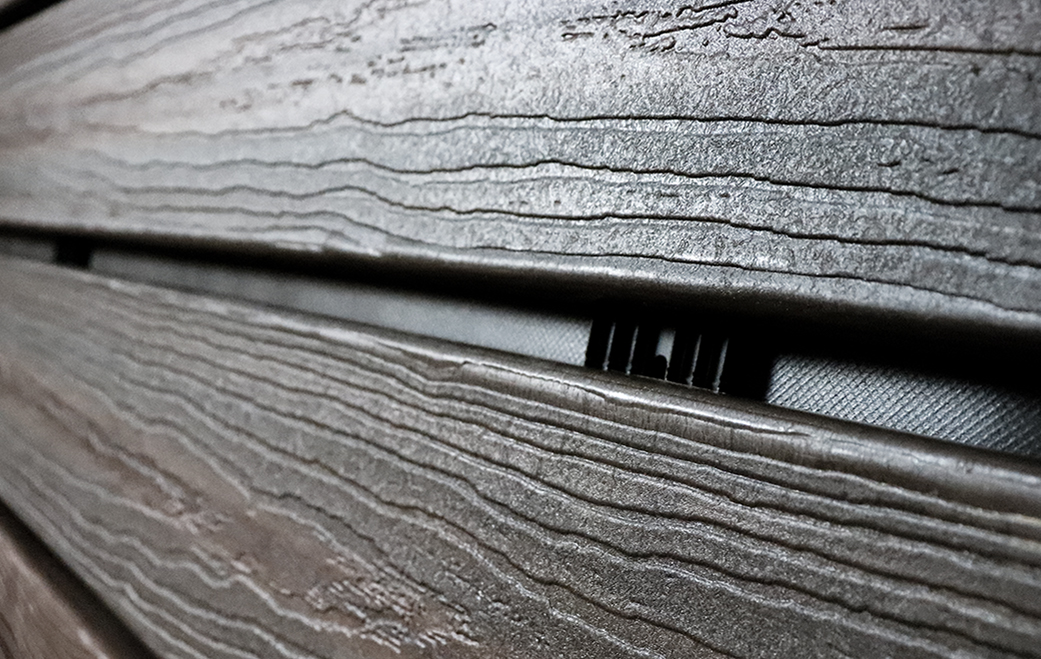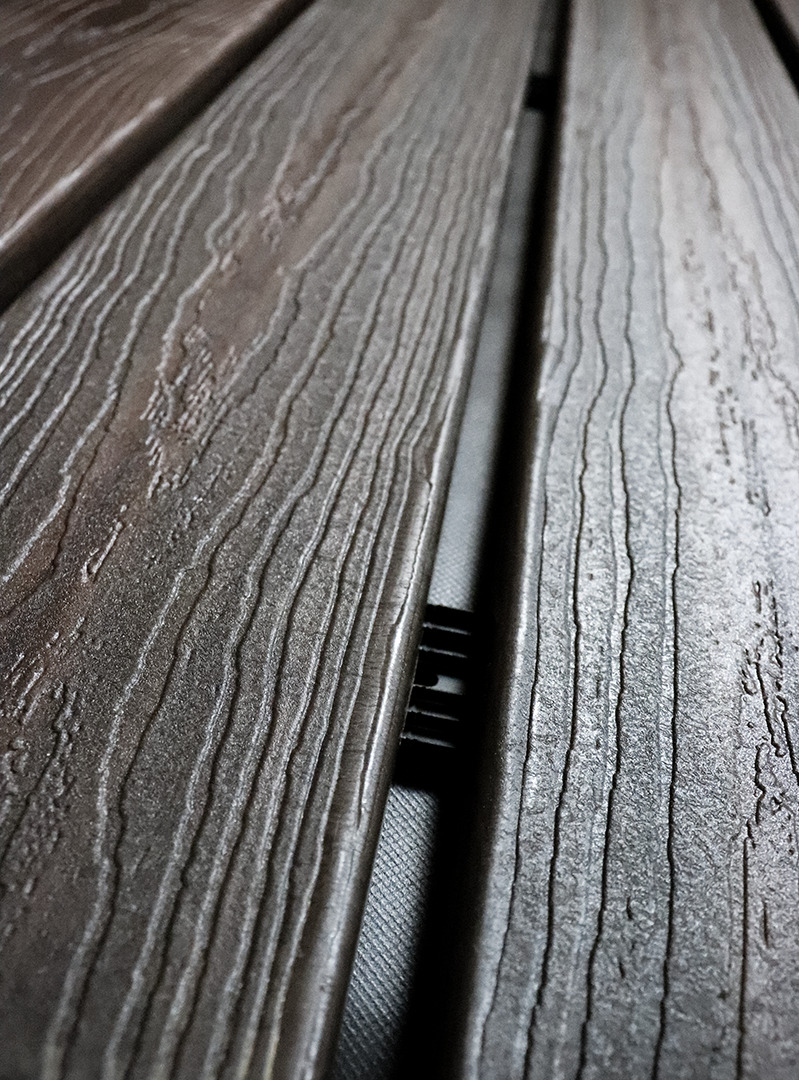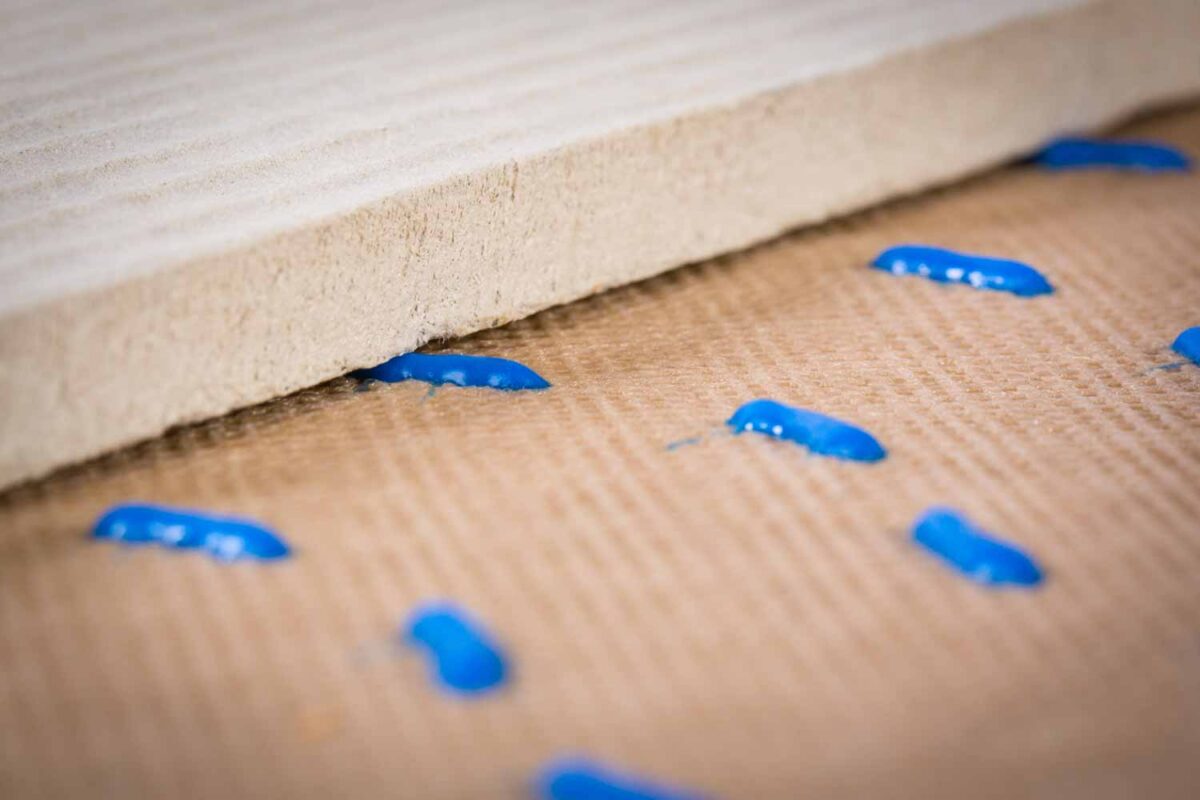As open-joint cladding continues to gain in popularity, it’s important that installers consider what’s behind the walls as much as what’s visible on the exterior. The larger gaps in open-joint cladding systems mean greater exposure of the wall system to harmful UV rays that can break down materials over time and decrease their performance.
Is it as simple as switching to black housewraps? Not really. But it is as simple as specifying products designed for UV resistance.
UV-Resistant Housewraps and Flashing
Just because a product is black, doesn’t mean it’s going to last with UV exposure. For example, black felt paper may become brittle over time, which will decrease its water resistance. It’s critical to specify a housewrap tested to withstand UV exposure. For example, Benjamin Obdyke’s InvisiWrap UV is specially designed for use with architectural designs that incorporate open joint cladding and offers 12-month UV exposure before siding installation.
You also need to ensure other elements of the wall system that may be impacted by the larger gaps are UV resistant. If taping seams, for example, HydroFlash UV+ 2.3” seam tape can be used in open-joint cladding systems with a 12-month UV rating before siding installation.
For greatest peace of mind, consider a UV-Protected Rainscreen System, which provides a sleek, unprinted, all-black, UV-rated rainscreen system that’s designed to handle long-term UV exposure while providing a seamless appearance behind open joints. The system combines Invisiwrap UV housewrap and HydroFlash UV+ flashing, as well as Batten UV rainscreen. These products work together to provide 25+ years of UV exposure behind open siding and can be left completely exposed for a full year ahead of cladding install.
To learn more about building for UV resistance and the benefits of a systems approach, set up a customized virtual training session here.




